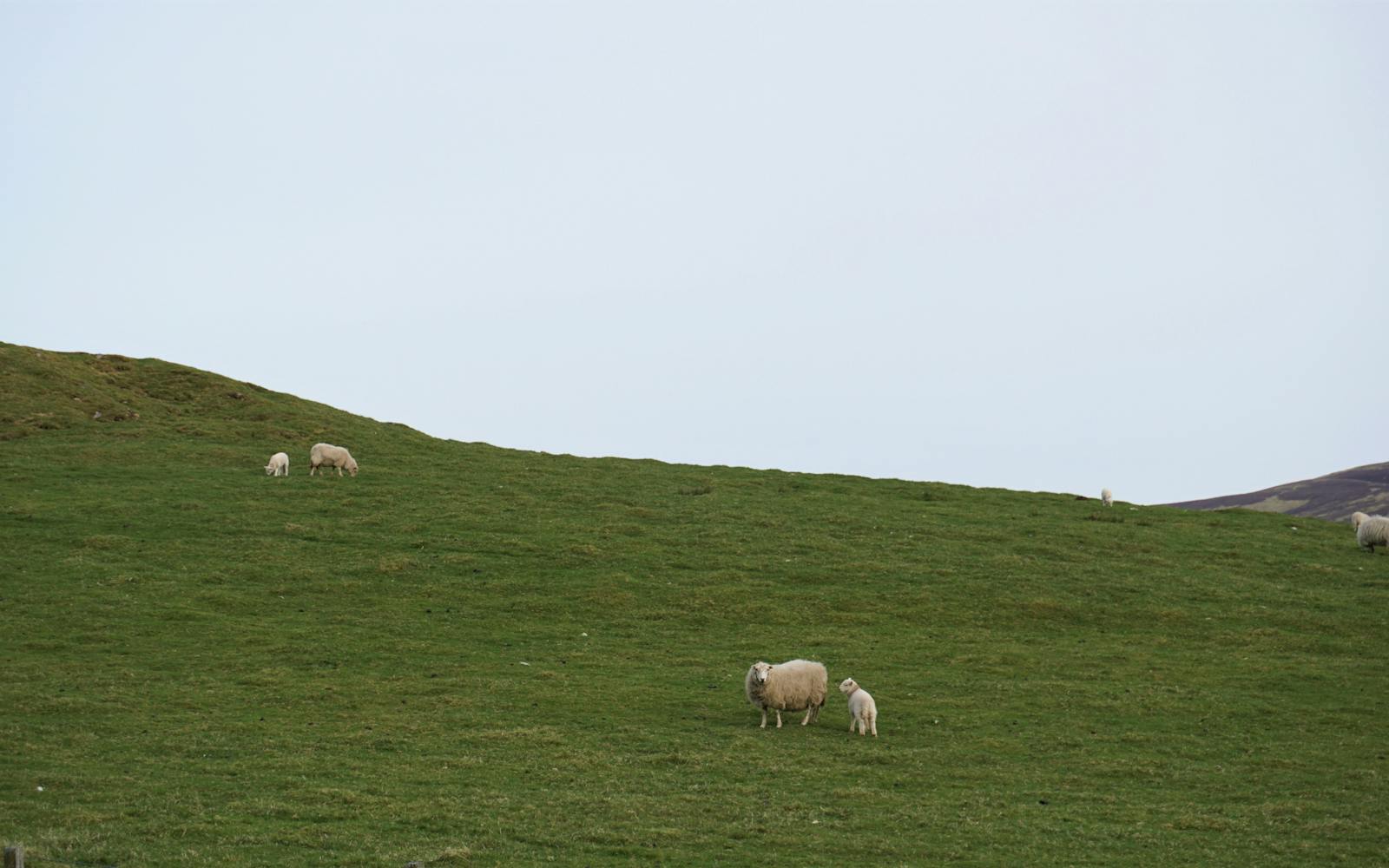
New LUC study maps pathways to land use support in Scotland
LUC is delighted to share our recently published study for ClimateXChange (CXC). Our team have been working with Scotland’s climate change centre of expertise to ‘map existing land use support systems and current access pathways in Scotland’.
The Scottish Government’s ambitions to tackle climate change and biodiversity loss, as well as to reach net zero by 2045 mean that land use must be transformed, and greenhouse gas emissions reduced.

Our research seeks to understand the factors that influence engagement with land use transformation support systems, to guide policy and speed up the pace of change.
The project maps current support services across different land use sectors so that we can understand how land managers make decisions and access funding and advice.
Through stakeholder interviews and a literature review, we established how rural land managers interact with systems and services and the barriers they encounter.

We found that engagement with support systems is governed by interacting internal and external factors related to financial, practical and cultural forces.
Our overall findings include:
- The public sector grant-giving support network is logical in principle.
- The administrative burden of applying to schemes is a barrier to engagement.
- Land managers often decide whether to engage with support and advice based on confidence in its source.
- Scottish land managers mainly access public funding, with some accessing private finance.
- The breadth of support sources is confusing for some.

Looking to the future, to improve overall engagement with support systems and increase land use change, simpler administration and more flexibility are essential. But other measures are needed, including attractive payment rates and technical advice and training.











